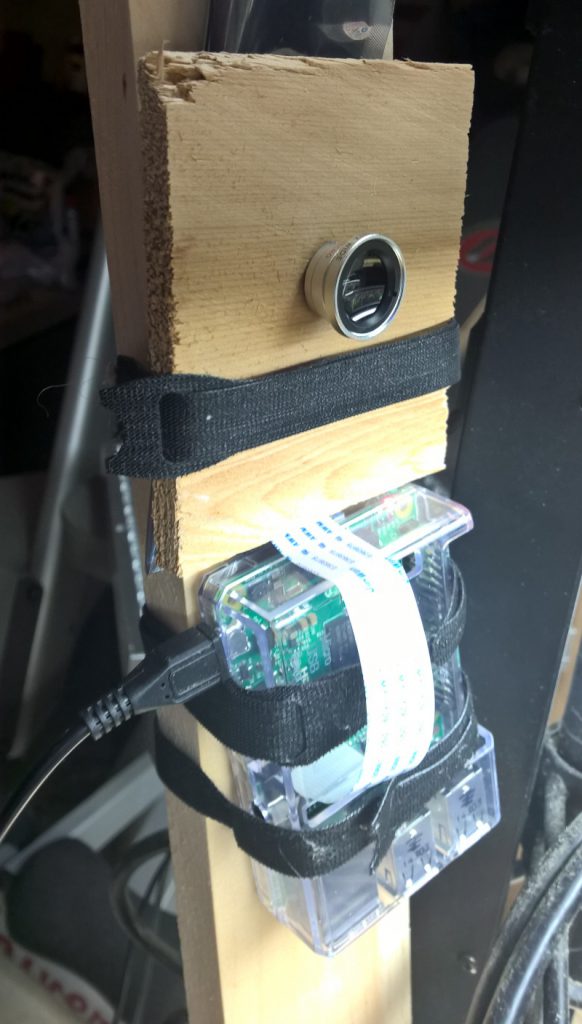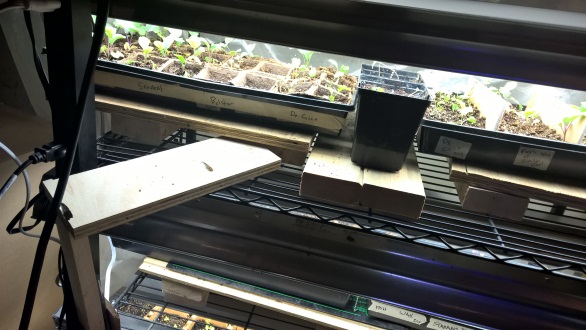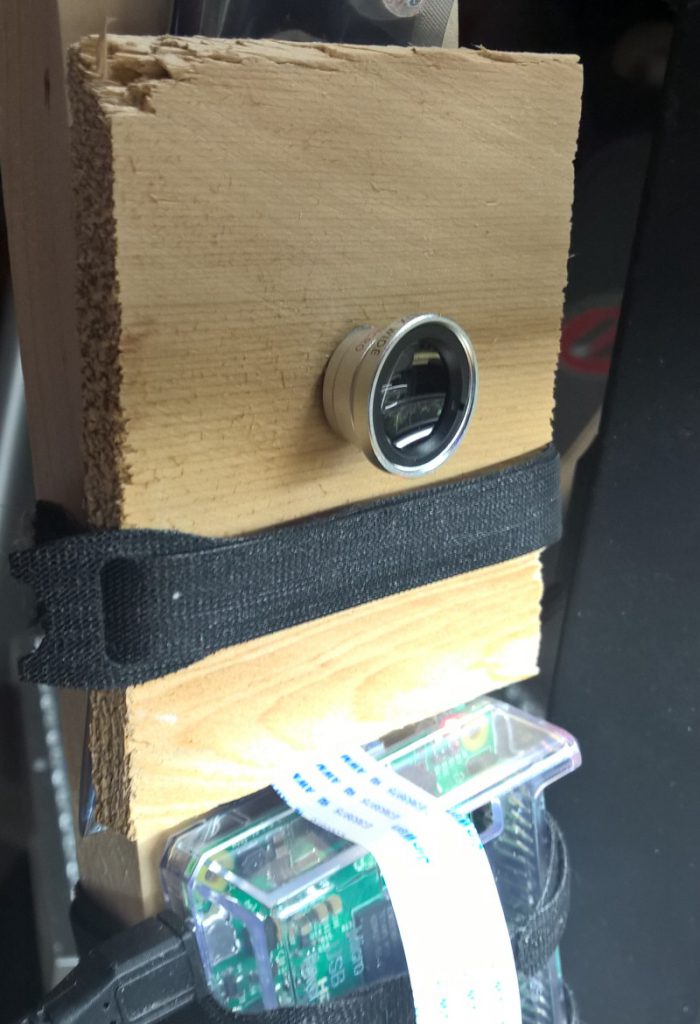So now that we have our land and are starting to plan for our first growing season, I’ve been thinking about equipment. I’ve actually been thinking about it for quite a long time. I had pretty much decided to get an old Ford 8N this spring, but now I’m having second thoughts. I grew up with one and used to mow a lot of lawn with a Woods finish mower. Got used to it and it was certainly faster/better than a standard riding mower. There are a lot of other things we could use a small tractor for as well, but I’m starting to wonder if an “N” series Ford is more of a sentimental choice. They are certainly very useful and a great value for what you pay for them. You can get a nicely restored one for $2500-3000 around here.
However, there are lots of areas where the “N” shows it’s age. They are known for being super easy to work on and you can readily find parts for them. But they require constant maintenance from everything I’ve read. I would love to learn to work on them, but I also have a gazillion other things I need to spend my time doing. At this point I should probably be spending time on all the things we want to do with the property, so the equipment needs to make that easier and faster.
Some other “N” shortcomings include the lack of active PTO, relatively poor brakes, the gear ratios limit what type of attachments you can run (such as a tiller) and it’s fairly difficult to put a loader or blade on the front of one. People do it, but I don’t think I could figure it out myself. I’m also starting to wonder if I will end up having to do quite a lot of manual trimming even after mowing, particularly once we start adding outbuildings and more landscaping. Our property is also pretty wet, which could lead to issues with tire tracks and ruts in the lawn.
The main uses we have for a tractor in the short-term (1-3 years) are mowing, probably snow clearing either via blade or blower and potentially hauling stuff around. Long-term I would love to have something I could use to run a rotary tiller, compact versions of manure spreaders (our neighbor shares horse poo with us) and 1 bottom plow and potentially other attachments such as a cultivator or wood chipper. The “N” can do some of that fairly well, some of it okay and some not at all.
For mowing, I was originally thinking about getting a zero turn mower and they are certainly very nice. But a one note machine. They are just really great at mowing and not much else. And they are fairly expensive compared to other options.
A new or newer compact tractor, such as those made by Yanmar, New Holland, John Deere and Kubota is pretty much out of our price range. If we start to make some money off our property, it may make sense then. But it doesn’t make sense to spend $15-20K on a tractor right now and probably doesn’t even make sense to spend $10K. Even used that is pretty much the price range for something like that. And that is the low end. That is why the 8N is attractive, because you can do many of the same things, but the cost outlay is much less.
So now I’m wondering if a smaller garden tractor might be the way to go, particularly if I can find a decent used one. They certainly do well at mowing and can run all of the implements/attachments I’m interested in since they have rear PTO. Although we have 10 acres, most of that is not lawn we need to mow and some of the lawn we have is going to be torn up for gardening, chicken coop, a shed, possibly a greenhouse and so on. So that both cuts down the amount of lawn and makes pulling a finish mower behind an 8N around all of that less attractive. Being an agriculture county we have plenty of options nearby as far as dealers and service.
So that’s the conundrum I’m in right now. I don’t want to rush into anything and regret it later. I can always buy an 8N down the road if we develop a use for it and I want to spend the time it requires to keep it running. What I don’t want is to buy an 8N, a finish mower and a building to store them in and find out after one season that it’s not practical for our needs right now. Anyway this is the type of decision many homesteaders struggle with, so I thought it would be interesting to document my thought processes at the moment.



